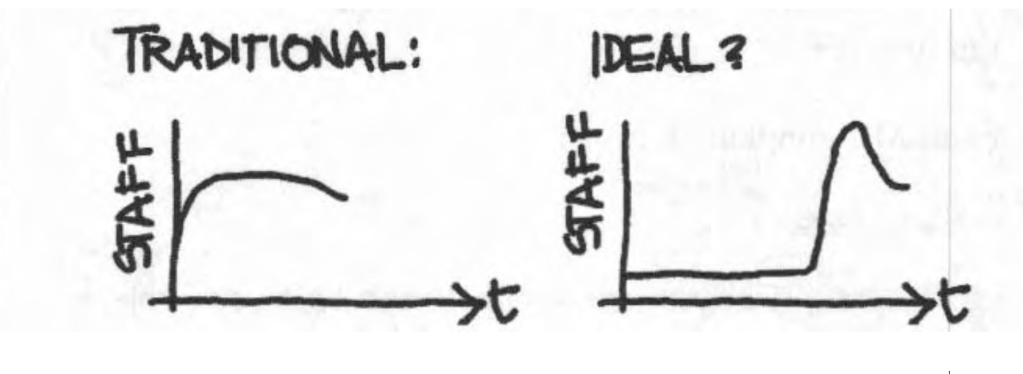--Originally published at The Awesome Blog
If I have to say something is that I’m kind of sad because the Deadline is almost over, I had a really nice time reading this book and I have to say that I was very surprised at the beginning of it. But let’s get down to business.
Chapter 22 is an emotional rollercoaster, of course, everything has to come to an end, but to be sincere I wasn’t expecting this kind of chapter, Tompkins has been released from its contract, as well as Minister Belok, and to be honest, I couldn’t be happier about the fact that Belok is no longer the Minister of Internal Affairs. But there’s more to take into consideration from this chapter.

At the very end of the chapter, Belok talked to Tompkins and he said that he was going to change the company to a Lean and Mean formula, this is a formula followed by failing companies, which is the opposite to any organization’s natural goal. In other word is the result of a Failing and Frightened company. And of course Morovia’s Inc. wasn’t a failure.














